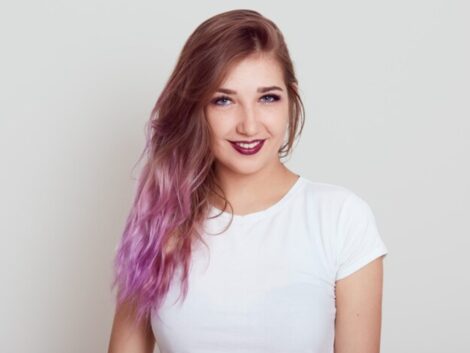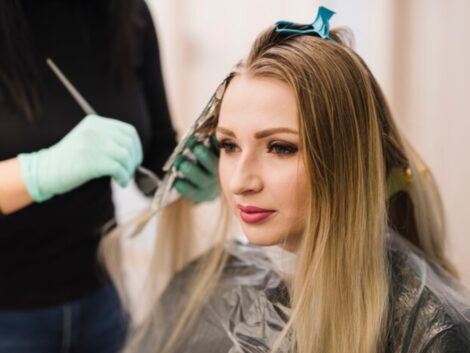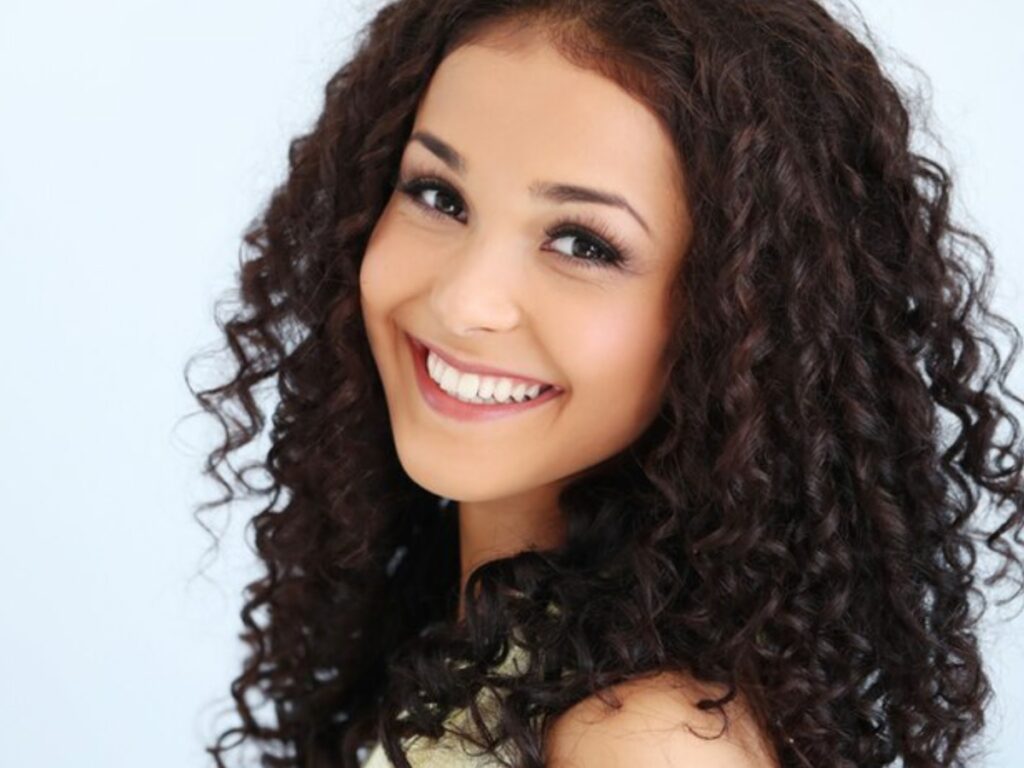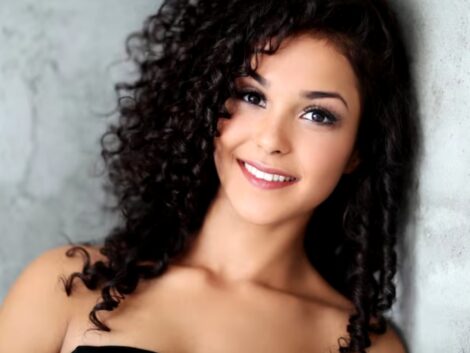Yes, Hispanic hair is different from other hair types. It typically has diverse textures, including straight, wavy, and curly. Hispanic hair tends to be thicker and denser, with a higher number of hair follicles per square centimeter. This can result in a fuller appearance, but it also makes it prone to frizz and dryness. The hair fibers of Hispanic individuals are often coarser in diameter compared to other ethnicities. The raised cuticle layer in Hispanic hair makes it more susceptible to damage from heat, humidity, and chemical treatments.
Understanding these unique characteristics is important for providing appropriate hair care and styling techniques for Hispanic individuals. Using moisturizing products and techniques to manage frizz is essential for maintaining healthy and beautiful Hispanic hair.
What Are Hispanic Girl Hair Colors?
Hispanic girls, like individuals from any ethnic background, can have a wide range of hair colors. The specific hair colors can vary depending on various factors, including individual genetics, heritage, and geographic region. Some common hair colors among Hispanic girls include:
- Dark Brown: This is a commonly seen hair color among Hispanic individuals. Many Hispanic girls have naturally dark brown hair that may appear black in certain lighting.
- Black: Black hair is also prevalent among Hispanic girls, particularly those with indigenous ancestry. It is often rich and lustrous.
- Light Brown: Some Hispanic girls may have lighter shades of brown hair, ranging from medium to lighter brown hues. Genetic variations or a mixed heritage can have an impact on this.
- Red: While less common, some Hispanic girls may have natural red or auburn hair. Genetics from Europe or the indigenous peoples frequently have an impact on this.
- Blonde: Although less common among Hispanic individuals, some girls may have naturally blonde hair. This may be a result of mixed heritage, including European or other ethnic backgrounds.
It’s important to note that hair colors can also be achieved through hair dye or treatments. Many Hispanic girls may choose to experiment with different hair colors, such as highlights, balayage, or even vibrant shades like blue, purple, or pink. Fashion trends or particular styles can have an impact on these choices because they are personal preferences.

Which hair colors are for Hispanic women?
Hispanic women, like women from any ethnic background, can choose any hair color they desire. There are no specific limitations or restrictions on hair colors for Hispanic women. The choice of hair color is a personal preference and can depend on various factors such as skin tone, personal style, and individual preferences.
That being said, some hair colors tend to complement certain skin tones and feature more harmoniously. For example, dark brown or black hair colors often naturally suit many Hispanic women with warmer or olive undertones in their skin. These darker hair colors can create a striking contrast and highlight their features.
Other hair colors, such as medium or light brown, caramel, honey, or reddish tones, can also look flattering on Hispanic women, especially those with medium to fair skin tones. These colors can add warmth and a vibrant touch to their overall appearance.
Ultimately, there are no specific hair color limitations for Hispanic women, and they can confidently choose any color that they feel enhances their beauty and personality.
Why Is Hispanic Hair So Thick?
The thickness of Hispanic hair is influenced by genetics, ancestral heritage, and geographic regions. Here are a few reasons why Hispanic hair often appears thick:
- Genetic Makeup: Hair thickness is primarily determined by genetic factors. Hispanics usually have a higher ancestral Native American or Indigenous population, and many indigenous communities have a genetic predisposition for thicker hair. Additionally, mixed heritage from various ethnic groups may contribute to the diversity in hair thickness among Hispanics.
- Higher Hair Follicle Density: Research has shown that Hispanic individuals typically have more hair follicles per square centimeter on their scalp than other ethnic groups. This higher follicle density results in a more voluminous appearance and contributes to the perception of thick hair.
- Structural Characteristics: Hispanic hair fibers are often thicker in diameter compared to other hair types. The individual hair strands have a larger cross-sectional area, which creates the appearance of thick hair.
While thick hair can provide volume and density, it also means that Hispanic hair may require special care and maintenance. The increased density of hair can lead to challenges such as increased weight, difficulty in styling, and a higher tendency for frizz. Hispanic individuals may need to focus on moisturizing and nourishing their hair to prevent dryness and breakage, as well as using products and techniques that help manage and style their thick hair effectively.

How often Is Hair Colouring Safe?
The safety of hair coloring depends on various factors, including the type of dye used, the condition of the hair, and how it is applied. In general, hair coloring can be safe when done properly and with caution.
The frequency at which hair coloring is considered safe can vary from person to person. Generally, it is recommended to wait at least 4-6 weeks between dyeing sessions to allow the hair to recover and minimize damage. Overprocessing the hair with frequent coloring can lead to dryness, breakage, and loss of hair elasticity.
Using hair dyes without harsh chemicals, such as ammonia-free or semi-permanent dyes, can be gentler on the hair and scalp. These types of dyes typically fade over time and may require more frequent touch-ups.
It is essential to consider the overall health of your hair before deciding on the frequency of hair coloring. If your hair is already damaged, avoid frequent coloring to prevent further harm. Regularly deep conditioning and nourishing the hair can help maintain its health and mitigate any damage caused by coloring.

How Often Should Hair Highlight Be Used?
The frequency of hair highlights can vary depending on personal preference and hair health. On average, highlights are typically refreshed every 8–12 weeks. However, some people may choose to refresh their highlights as frequently as every six weeks for a more consistent and vibrant look, while others may prefer to wait longer between appointments to minimize damage.
It is advisable to consult with a professional colorist to determine the best timeline for your hair type and desired outcome. Regular maintenance and a proper hair care routine can help maintain healthy and beautiful hair.
Lastly, check out the mane caper shop.
Lastly, check out the mane caper shop.


